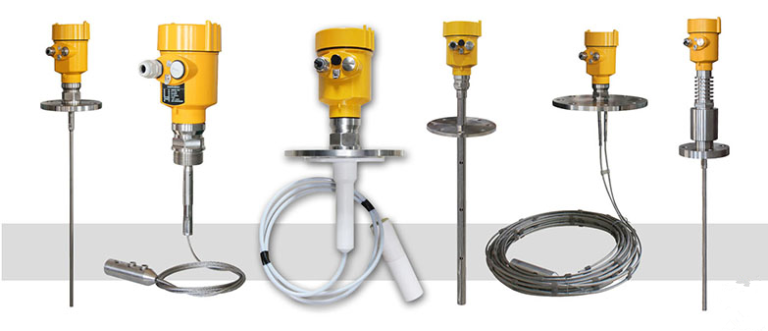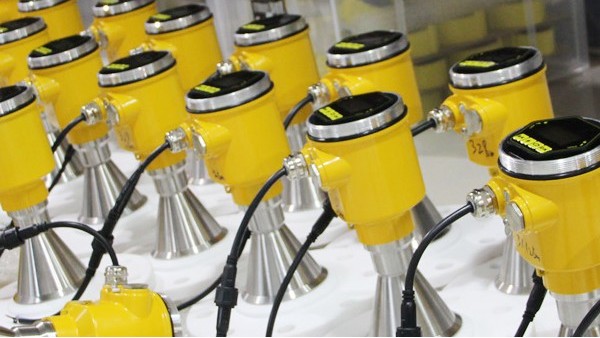In radar level meter selection, the focus should be on three key points, namely the dielectric constant, the measurement range, and the working conditions (media characteristics and the environment inside and outside the tank).

A radar level meter emits and reflects microwaves, microwave belongs to electromagnetic waves, they can be propagated in the vacuum, but also in the medium.
The dielectric constant of the medium is proportional to the reflectivity of the medium to electromagnetic waves, i.e. the larger the dielectric constant, the stronger the reflected signal; conversely, the return signal is weak. So when choosing a radar level meter, you must pay attention to this key point. As a rule, guided wave radar level meters are preferred for low dielectric constant liquid measurements.
A guided wave radar level meter transmits microwave pulses and reflects them at a time interval proportional to the distance of the measured medium. It simply measures the transmission time of the electromagnetic wave and does not require signal discrimination and processing at all.
Therefore, compared to radar level meters, guided wave radar level meters are more suitable for measuring low dielectric constant liquid measurements.

The dielectric constant is crucial in the selection of radar level meters and the measuring range should not be ignored. I once saw a case where the customer’s measuring range was 20 meters and the range of the radar level meter used was also 20 meters, but after use, the low level could not be measured.
After inspection, it was found that the tank came with more than ten meters of agitation. The range of the radar level meter is not only determined by the height of the tank, but also by the environment inside the tank (corrugation or agitation).

The dielectric constant, the measuring range, is very often overlooked, so I will highlight it here. As for the working conditions, those who have had experience know its importance.
The focus of the working conditions is to look at the nature of the medium and the internal and external environment, to see whether the medium has volatile, whether there is adhesion, whether there is pressure, and so on.
The accuracy of the radar level meter measurement has a great deal to do with the selection, we must not overlook certain details.
